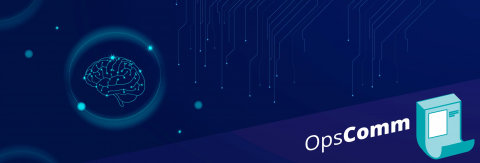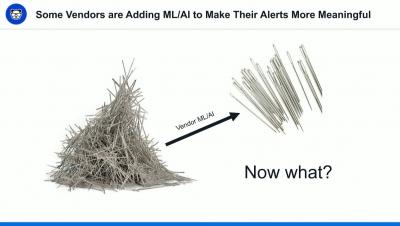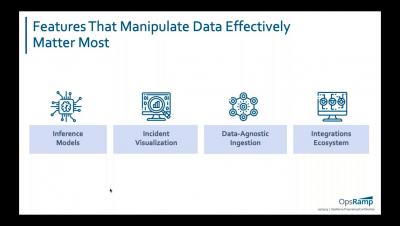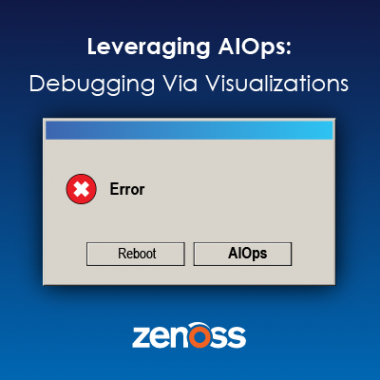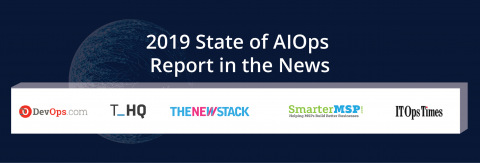[OpsComm May] Continuing the AIOps Momentum with the Summer 2019 Release and State of AIOps Report
May 2019 saw the announcement of our latest SaaS platform update - The OpsRamp Summer 2019 release which delivers several new AIOps innovations like OpsQ Observed mode, Topology context capabilities, out-of-the-box Kubernetes dashboards and an array of other features. We also launched our latest AIOps report - The State Of AIOps which gives deeper insights on how AIOps is being used by enterprises in IT today.


